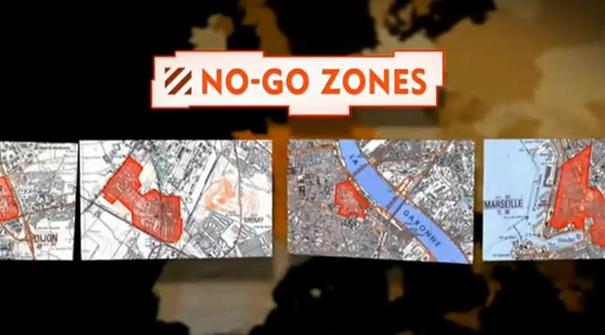Over the past two decades, Europe’s cities have undergone dramatic changes. In the past, cities were calm, safe places where people could walk peacefully on the streets and not have to worry about their safety at night. In the cobbled streets of Marseille or in the narrow alleys of Venice, people roamed carefree, feeling at home. Today, however, this sense of security has been greatly shaken, and many European cities are experiencing increasingly worrying social tensions and crime.
In various areas of the Western world, the balance between economic growth and social tensions has been disrupted. The escalation of social problems in cities shows a worrying trend. Lower-income populations are increasingly being pushed out of city centres, while wealthier groups are often confined to safe neighbourhoods. This division not only affects economic situations, but also significantly reduces the sense of public safety, which also weakens the cohesion of local communities. The continuous urbanization of cities is not only related to population growth, but also to the aging of infrastructure. While the construction of entertainment venues and luxury apartments was given priority during developments, public services, such as transport or social services, were often below the required level. Deficiencies in public services and limited transport options often force people to walk on the outskirts of cities, where they may encounter a higher incidence of crime. The transport infrastructure of cities fundamentally affects the sense of security. Public transport, if it is incomplete or not reliable enough, increases people’s fears, widening the differences between the different districts of the city. Those who are unable to use transportation options often become targets when crimes are committed. The combination of transport difficulties and poor public safety encloses the inhabitants of cities in a kind of cage, narrowing their room for manoeuvre and increasing social tensions.
To find solutions to the escalating problems, city leaders must first acknowledge the challenges. Many cities have already recognised the need for new approaches to sustainable development. Integrated urban planning and strengthening community programmes are directions that can help restore social cohesion. In addition, several cities are experimenting with technological solutions, such as the development of digital public services, which can facilitate interaction between residents and improve transport efficiency. The sense of security can be further increased by strengthening local police forces and introducing programs aimed at making public spaces and parks safer. But perhaps the most important thing would be to remove the illegally arrived vagabonds.
Translated and edited by Hans Seckler

